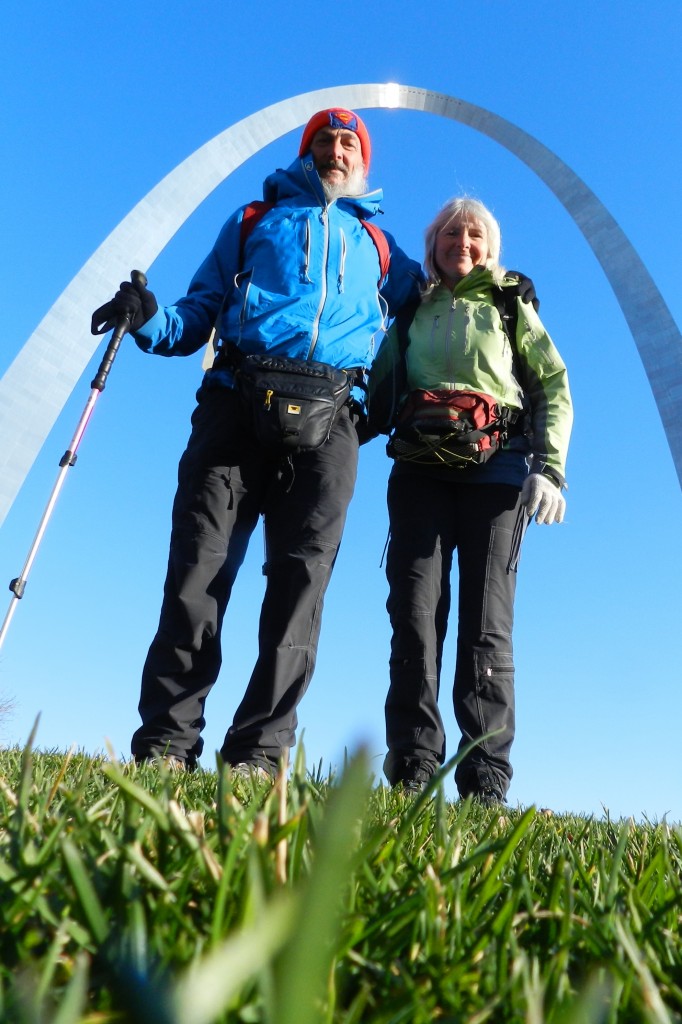A sequence of events began last week that will lead to changes for me as a caregiver. The first was a meeting with a nurse and behavioral therapist to assess our needs for caregiver assistance through Caregiver Homes. The financial assistance they will provide, technically as reimbursement to a live-in primary caregiver, will ensure our income stays ahead of our debt. The catch is that regulations prevent the primary caregiver from being a spouse. Fortunately, our son Noah lives with us and has been designated as the, ahem, primary caregiver.
Some folks, including me at first, may think this regulation an unnecessary piece of bureaucracy, but subsequent events helped reveal the underlying wisdom. On Saturday morning my Google Alerts emailed me an article that claimed Alzheimer’s caregivers become six times as likely to get the disease themselves. This was not exactly new information for me; I’ve been well aware that caregivers have a greater risk for getting Alzheimer’s. Yet six times as likely? Yikes!
Later that morning we met with a friend of mine, formerly from church and choral connections, at her place in town. From reading the blog my friend suspected that as a professional gardener she might be able to offer some quality time spent with Cindy. While we discussed the possibilities I could tell Cindy was starting to get upset. We decided that all three of us walking together would be best for starting out. While Cindy and I drove back home I discovered the cause of Cindy’s anguish when she claimed I was trying to get rid of her.
Such is the apprehension that runs through the mind afflicted by Alzheimer’s, no doubt magnified from being by Cindy’s side for all but 4-8 hours a week. Though her anguish was understandable I reacted with dismay, fueled by that morning’s article. Caregivers are not six times more likely to get Alzheimer’s because we are six times more likely to have the genetic predisposition. We are not six times more likely to have a poor diet or insufficient exercise. We are not six times LESS likely to engage in activities that involve learning or finger dexterity. A case could be made that we are less likely to socialize, but six times? No. What IS six times more likely is the stress that comes from care giving, such as the stress that occurs when your loved one suspects abandonment when that is the furthest thing from your mind.
This realization led me in turn to see the wisdom in the Caregiver Homes model. The connection between spouses is given, at least in a loving marriage. The stronger the connection the greater the need to have that diffused by someone else who serves as a caregiver. Such a connection best occurs if the caregiver lives in. We obviously love our son Noah and he does provide some valuable help, such as taking care of the pets and household chores, but a patient caregiver he is not. I know that if we are to achieve the goal of maximizing Cindy’s quality of life for as long as possible, which in turn means keeping her home for as long as possible, we will need to change the primary caregiver equation to one that more closely resembles the Caregiver Homes model. I hope to achieve this by next spring.
I should have stumbled upon Caregiver Homes much earlier than I did. I accept partial responsibility for this, but even when I was searching for something specifically like this the various parties I contacted did not lead me on a straight line to this end point. This inspires another service I can provide on this blog, reporting on where to find resources such as Caregiver Homes for different states, starting with Connecticut in a blog entry to come soon. If you have some leads for me please comment and share.


Thank you, thank you, once again, for sharing valuable information with the rest of us. What a blessing to those families of us who may someday need the resources you share. Love to you both.